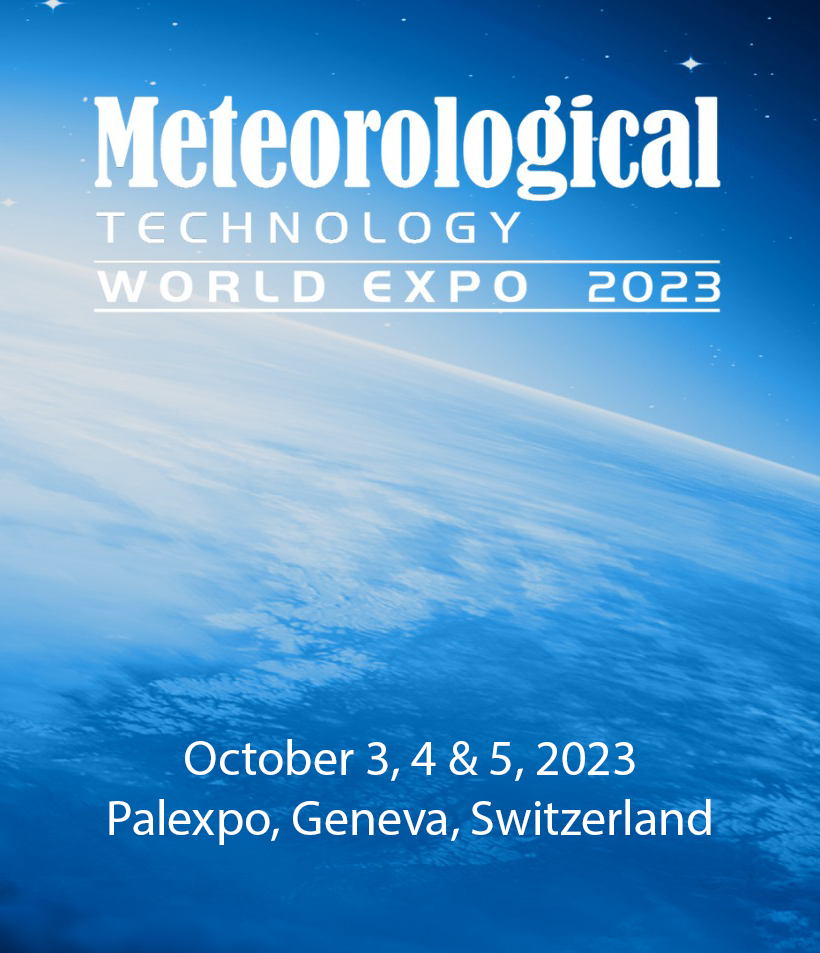What exactly is LoRaWAN?
/LoRaWAN, short for Long Range Wide Area Network, enables efficient data transmission over long distances and through buildings. With LoRaWAN, hundreds of sensors within a network can be managed, and sensor data can be transmitted for up to 10 years without battery replacement.
A LoRaWAN network consists of three main components: a sensor device, a gateway, and a LoRa server. The sensor device sends data via LoRa to all gateways in its vicinity. These gateways receive the data and forward it to the server. From there, the data can be processed, visualized, and stored individually.
LoRaWAN offers many advantages compared to other wireless technologies. It has a high range of up to 15 kilometers outdoors and 2 kilometers in urban areas. Additionally, it can easily penetrate walls and floors.
It is the ideal technology for applications in the field of smart buildings, smart cities, agriculture and environmental monitoring.
More about Decentlab & LoRaWAN





















